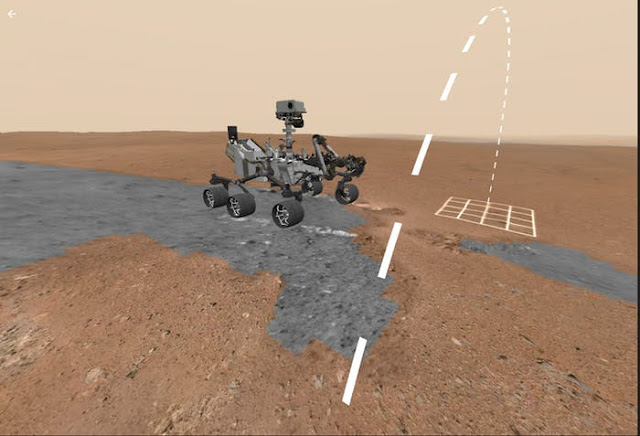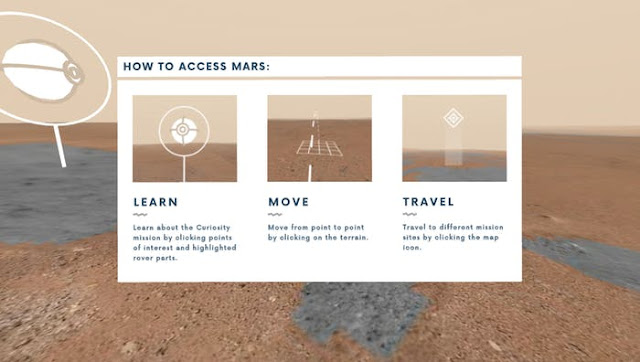3D Mars Travel from Five Cent Spending
The project, jointly created by Google and NASA, makes it possible to travel to Mars using VR spectacles (or via a web browser).
Mars seems to be a pretty good option to lose hope of turning this planet into a better place. If you do not have billions of dollars to build your own rocket, or familiar charities to finance you consistently, what Google and NASA jointly do is your second best option.
The "Reach Mars" experiment is a project where users can make a real trip to the red planet without any hassle or risk. The 3D model is based on digital images taken by NASA's "Curiosity Rover" discovery tool. These images were then assembled at NASA's Jet Propulsion Laboratory. Google and NASA have teamed up to make sure that Mars copy is globally accessible using Google Cardboard, Daydream, Gear VR, Oculus and HTC Vive virtual reality glasses. But if you do not have a VR device, do not worry. You can also access the project from your web browser.
Those who are curious (do not need to have a concession) can visit four areas called Murray Buttes, Marias Pass and Pahrump Hills, Mount Sharp, where the Curiosity is located, where NASA's vehicle is located. By clicking on the different access points, specific information about the place can be taken. There are also funny little explanations for each geographical formation.
If you are providing access to the project via your web browser, moving around on the ground will be a bit distressing.
In addition to being fun for the Martians, the Access Mars project is actually a useful project for NASA. According to the institution, this 3D model can help define the next task of Curiosity. At first NASA thought the vehicle would travel for only 2 years, but the mission was extended for an indefinite period of time.
Mars seems to be a pretty good option to lose hope of turning this planet into a better place. If you do not have billions of dollars to build your own rocket, or familiar charities to finance you consistently, what Google and NASA jointly do is your second best option.
The "Reach Mars" experiment is a project where users can make a real trip to the red planet without any hassle or risk. The 3D model is based on digital images taken by NASA's "Curiosity Rover" discovery tool. These images were then assembled at NASA's Jet Propulsion Laboratory. Google and NASA have teamed up to make sure that Mars copy is globally accessible using Google Cardboard, Daydream, Gear VR, Oculus and HTC Vive virtual reality glasses. But if you do not have a VR device, do not worry. You can also access the project from your web browser.
Those who are curious (do not need to have a concession) can visit four areas called Murray Buttes, Marias Pass and Pahrump Hills, Mount Sharp, where the Curiosity is located, where NASA's vehicle is located. By clicking on the different access points, specific information about the place can be taken. There are also funny little explanations for each geographical formation.
If you are providing access to the project via your web browser, moving around on the ground will be a bit distressing.
In addition to being fun for the Martians, the Access Mars project is actually a useful project for NASA. According to the institution, this 3D model can help define the next task of Curiosity. At first NASA thought the vehicle would travel for only 2 years, but the mission was extended for an indefinite period of time.






Yorumlar
Yorum Gönder